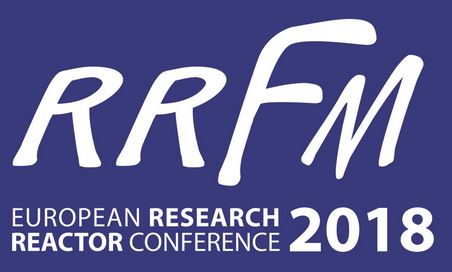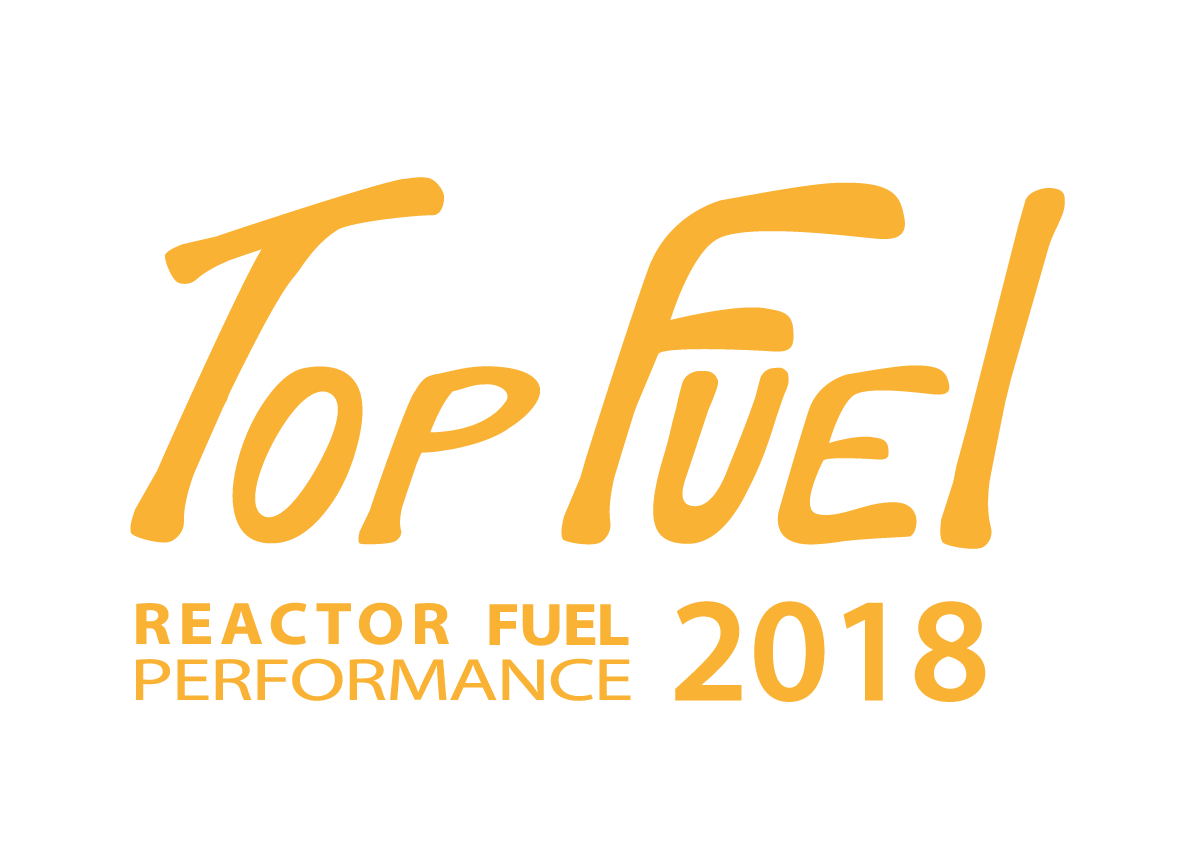High-temperature reactor
 scroll scroll 
The High-Temperature Reactor (HTR) has been developed
in Germany as a pebble bed reactor. The
pebble bed core consists of spherical fuel elements surrounded by a
cylindrical graphite vessel used as a neutron reflector. The fuel elements
with a diameter of 60 mm are made of graphite in which the fuel is embedded
in the form of many small coated particles. The pyrocarbon and silicon
carbide coating of the fuel particles retains the fission products.
The reactor is fed continuously with the fuel element during power operation.
Helium as a noble gas is used to cool the reactor core. Depending on
the application purpose, the helium flowing through the pebble bed is
heated to 700 to 950°C. All components of the primary helium circuit
are enclosed in a reactor pressure vessel designed as a prestressed
concrete vessel for a power of more than 200 MW. The high-temperature
reactor is a universally usable energy source providing heat at high
temperatures up to 950°C for the electricity and overall heat market.
A further target of HTR development is direct use of the heat generated
by nuclear reaction at high temperatures for chemical processes, in
particular coal gasification. The AVR Experimental Nuclear Reactor in
Jülich was the first German HTR in operation between 1966 and 1988.
It confirmed the technology of the pebble bed reactor and its suitability
for power plant operation. Long-term operation at a helium temperature
of 950°C proved the suitability of the HTR as a process heat reactor.
The THTR 300 Prototype Nuclear Power Plant in Hamm-Uentrop was the second
German project in power operation between 1985 and 1988.
back
|
|

11 - 15 March 2018
Munich, Germany

30 September - 04 October 2018
Prague, Czech Republic |